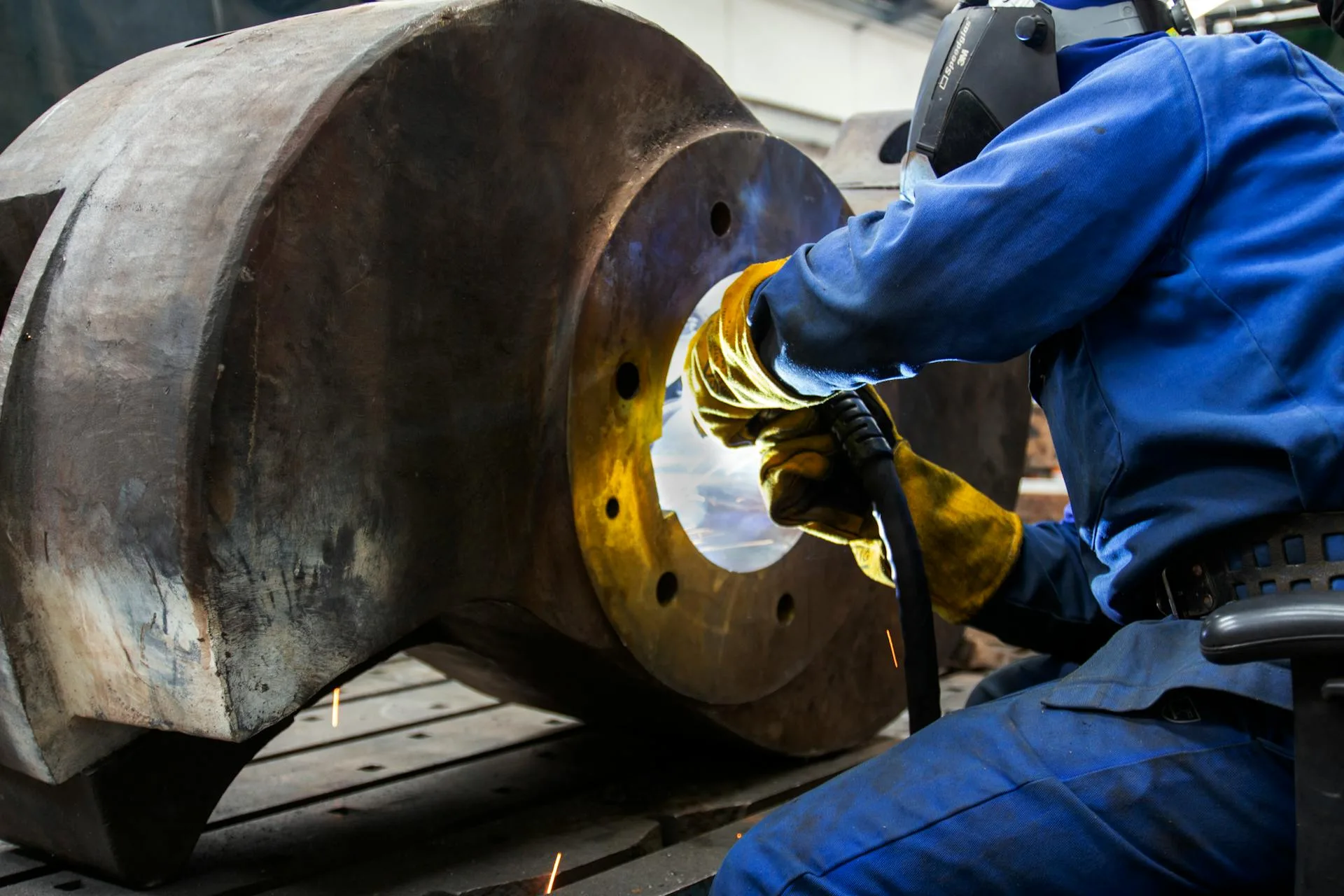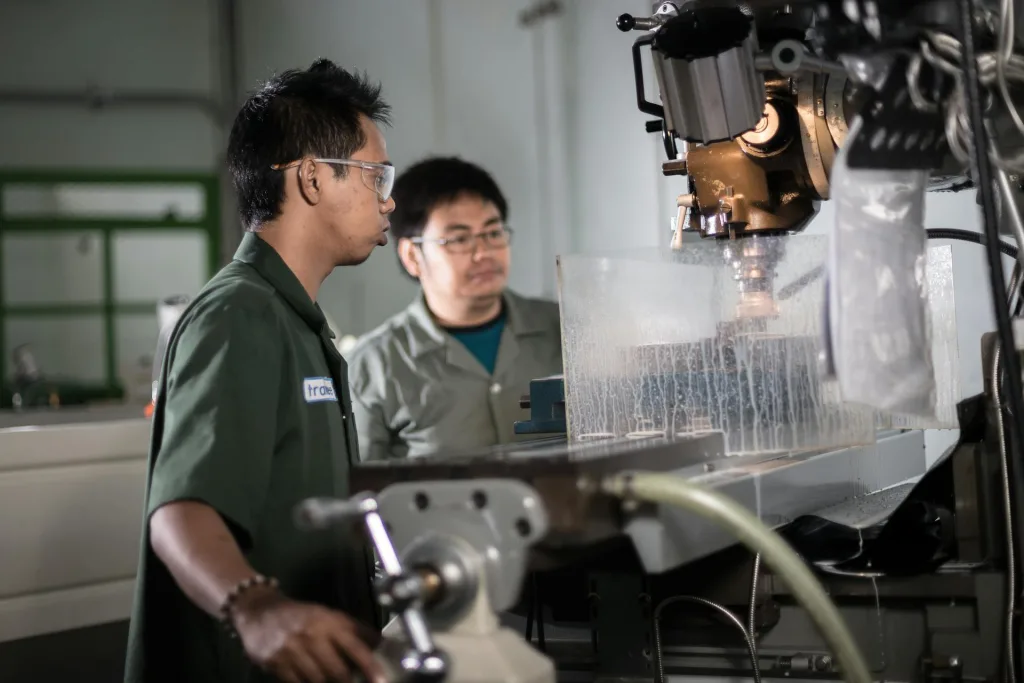
In today’s manufacturing landscape, CNC Equipment (Computer Numerical Control) has been a fundamental investment for companies wanting to improve accuracy, speed and competitiveness. CNC machines use computer-programmed commands (G-code) to control cutting tools, lathes, mills and routers with precision – shifting production from manual equipment to digital automation. The shift is especially noteworthy for firms reshoring operations or upgrading from older legacy equipment.
The Rold of CNC Machines in Modern Manufacturing
CNC technology now goes far beyond the traditional metal-cutting lathes and milling machines. Shops today employ CNC mills and lathes, laser cutters, water-jets, plastic or composite material routers, and hybrid machines that combine additive and subtractive manufacturing. These tools support industries such as aerospace, automotive, medical devices, electronics and consumer goods.
In addition, the demand for such equipment is picking up considerable momentum: according to the Association for Manufacturing Technology, new orders for metalworking machinery in the U.S. reached $429.2 million in June 2025, representing a 9.1% increase from May and a 7.7% increase from the same month a year ago. The year-to-date figure through June stood at $2.52 billion, up 13.7% over the same period in 2024. Meanwhile, the Equipment Leasing & Finance Association (ELFA) projects equipment and software investment to grow at an annualized rate of 4.7% in 2025 – emphasizing the capital-spend environment for industrial equipment and technology.
Why Businesses Are Financing CNC Equipment
Purchasing CNC equipment outright often carries a high cost – often six-figure investments per unit for premium machines. Most reshoring or expanding manufacturers don’t want to tie up a lot of capital in a single investment. That’s where equipment financing is a game-changer.
Many companies begin by reviewing our equipment financing checklist to ensure they’re prepared with the documentation lenders require before pursuing major machinery purchases.
Commercial Financing allows companies to preserve working capital for materials, labor, inventory and growth, while still obtaining state-of-the-art manufacturing capability. Deals can be structured with flexible payment schedules or deferred payments aligned with ramp-up periods.
Furthermore, the business case for financing CNC equipment is supported when you consider the productivity gains: less scrap, faster changeovers, smaller batch runs, and better product quality. These benefits help justify loan payments as part of a cost-benefit model rather than a sunk capital expense.

The Bigger Picture: CNC Equipment & the Reshoring Boom
The U.S. manufacturing sector is experiencing a reshoring wave driven by supply-chain resilience, labor cost pressures, and automation opportunities. Within this trend, CNC equipment is emerging as a key enabler – Why? Because companies moving production back home need newer, versatile machines that can perform variable runs, lower volumes and faster changeovers.
Structuring a CNC Equipment Financing Transaction
Minimizing Risk and Maximizing Opportunity
Power Your Next Phase of Growth
Your production capacity shouldn’t be limited by outdated equipment. If you’re exploring CNC upgrades or automation investments, our team can map out the smartest financing strategy for you. Give us a call at (805) 422-7342 or submit a quick contact form below to get started.
*OAC – on approved credit